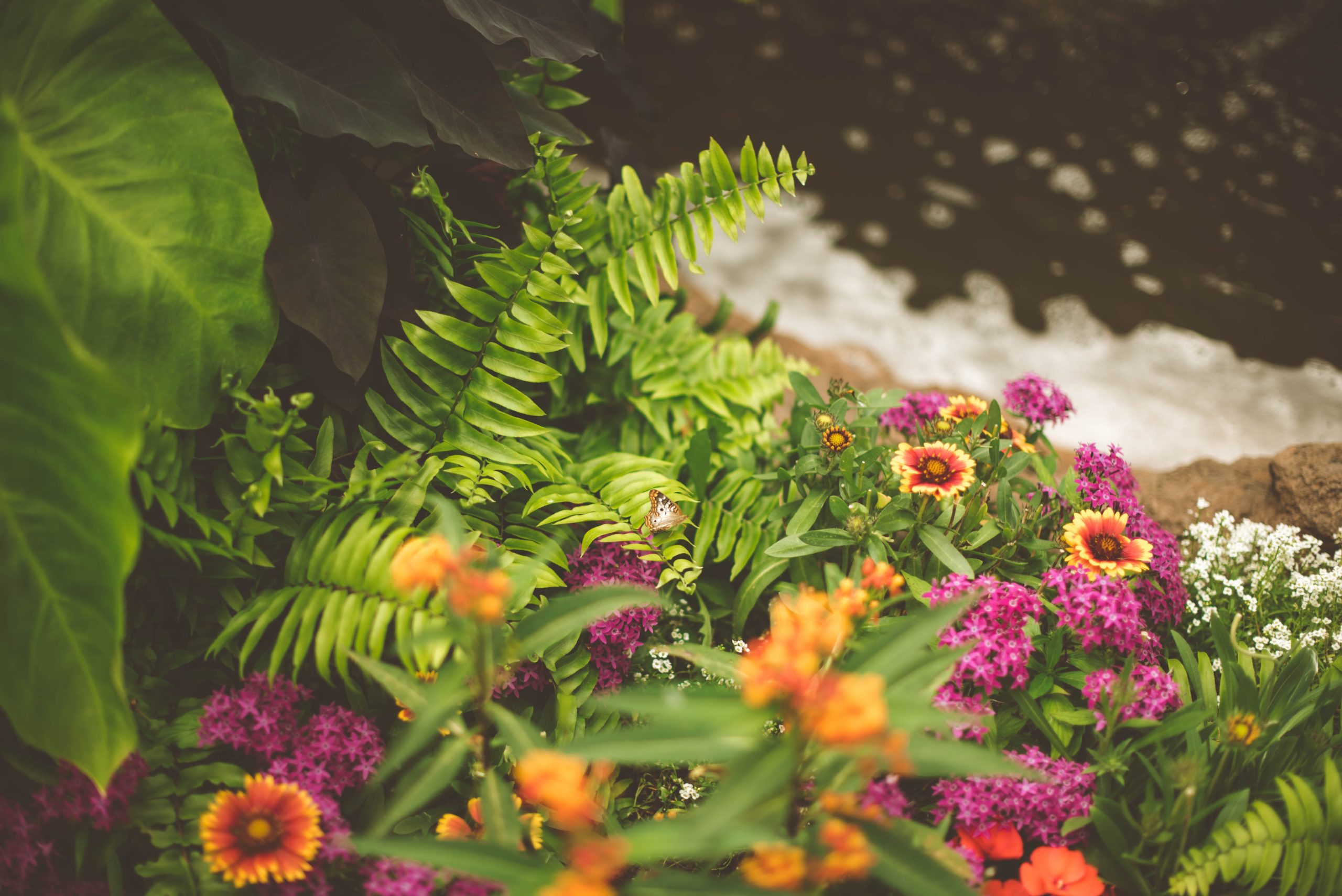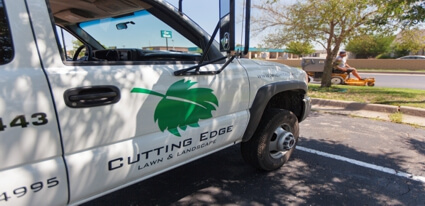
Planning Your Landscaping
Before you start, you should do some research. The climate and soil type in your area will affect what plants grow best there. If you’re not sure about these things yet, ask a local gardener or check out websites like the USDA Plant Hardiness Zone Map (https://www.usnaplants.org/hardzone).
Next, think about how much space you have to work with–and whether it’s enough for all of your desired plants! If not, consider starting small and adding more plants as time goes on (or just enjoy what little landscaping exists now). You’ll also want to create an overall plan for where everything goes before digging up any dirt; this way everything will look cohesive once it’s finished being planted. Finally: budgeting! Remember that gardening isn’t free–you’ll need tools like shovels and rakes along with seeds or seedlings if possible–so make sure that whatever amount of money has been allotted for landscaping doesn’t go towards other expenses instead!
Choosing Plants and Flowers
When choosing plants and flowers, think about the amount of sun and shade your garden gets. Select plants that are compatible with the climate. Choose plants that will thrive in the soil you have available to you.
In order to make sure your garden looks its best at all times, it’s important to choose hardy varieties that can withstand any weather conditions you might encounter during different seasons. For example: if there is heavy rainfall during springtime (or even winter), some plants may not be able to survive due to their delicate nature; whereas other species thrive on wetter environments because they’ve been bred specifically for such conditions by horticulturists over time!
Designing Your Landscape
The first step in designing your landscape is to choose a focal point. This can be anything from a tree, shrub or flower bed to an outdoor kitchen. Next, incorporate different levels of interest into your garden by using plants that are similar but differ in height or color.
Installing Landscaping Elements
When you’re designing your garden, it’s important to choose the right materials. For example, if you want a low-maintenance landscape that requires little watering and pruning, consider using drought-tolerant plants that are native to your area.
If you have a large space in need of landscaping elements like trees or shrubs, make sure they’re planted in groups rather than individually scattered throughout the yard (unless they’re meant to be focal points). This will help create balance between different areas of vegetation throughout your yard so everything looks cohesive when viewed from above–and it’s easier on both yourself and future gardeners!
Finally: don’t forget about safety! Make sure there aren’t any sharp edges sticking out where kids could trip over them; install fences around beds containing dangerous plants like poison ivy; and consider installing lighting along walkways so no one trips over stray branches lying across paths at nightfall.”
Maintaining Your Landscaping
- Water regularly
- Remove weeds regularly
- Prune plants and trees as needed
Creating a Patio or Deck
When you’re ready to create a patio or deck, there are a few things you should keep in mind. First, choose the right materials for your space. If it’s going to be used for entertaining guests, consider using stone tiles instead of wood because they’re more durable and easier to clean. Second, consider the size and shape of your area before designing it–you might want to make sure there are no obstructions that could interfere with people trying to walk through or sit down on their furniture! Finally, think about how much shade each area receives throughout different parts of the day so that everyone can enjoy their time outdoors equally regardless of when they visit.
Adding Lighting
Lighting is a great way to add some ambiance to your garden, but it’s important to choose the right type of lighting. You’ll want something that’s not only functional but also aesthetically pleasing. For example, if you have an outdoor dining area or lounge area in your garden, consider installing string lights that hang from trees or posts. If there are pathways in your yard and you want them lit up at night so people can see where they’re going, consider using solar-powered LED lights instead of traditional bulbs because they don’t require any wiring whatsoever!
If you’re going with this option then make sure that all of these things are done properly:
- Choose the right type of light fixture for each area (e.g., hanging lamps vs standing lamps).
- Install them securely so they won’t fall over when touched by passersby or animals like cats who love climbing onto things like tables for no reason whatsoever (cats are weird).
Installing Fencing
Installing a fence is a great way to add style and privacy to your garden. There are many different types of fencing available, so it’s important to choose one that suits your needs. You should also consider how much space you have available, as well as what shape it is in order for the fence to fit properly.
If you’re planning on installing new fencing around an existing lawn or flowerbeds, it’s best to do this last when everything else has been completed so that there’s no risk of damaging plants while they’re still growing. If possible, remove any plants from their pots first before placing them back into their new positions after installation is complete (if this isn’t possible then make sure there are no roots exposed).
When installing wooden panels along with posts at each corner post location use screws rather than nails because these are stronger than nails alone; however if using metal posts then use both screws & nails where needed due: 1) To prevent wood splintering when driven into metal post 2) To provide additional stability against wind loads/pressure caused by snow loadings etcetera
Creating a Water Feature
When you’re creating a water feature, there are a few things to consider. First, choose the right type of feature for your space and budget. A small pond may be more appropriate than an elaborate waterfall if you don’t have much space or money to spend on it.
Secondly, think about how big or small your garden is and how much room there is for different types of plants around the area where you want to install your new water feature. If there isn’t much room for other plants around this area then perhaps consider building up instead of outwards; this could mean using raised beds or container planting instead of digging into the ground itself which could cause problems later down the line when it comes time for maintenance work such as mowing grass alongside pathways etcetera (or even just getting in touch with someone who knows what they’re doing).
Finally: install any new features in order from smallest/cheapest first through largest/most expensive last! This way nothing gets forgotten about or left behind until everything has been done properly without having any leftover bits lying around afterwards either 🙂
Adding Accessories
- Add accessories.
- Accessories are the little touches that can make a big difference in your garden. They’re also a great way to add color, texture and interest without spending too much money or time. Accessories include things like birdbaths, fountains and statues; they can be made from wood or metal, or even found objects like old buckets turned upside down into planters!


